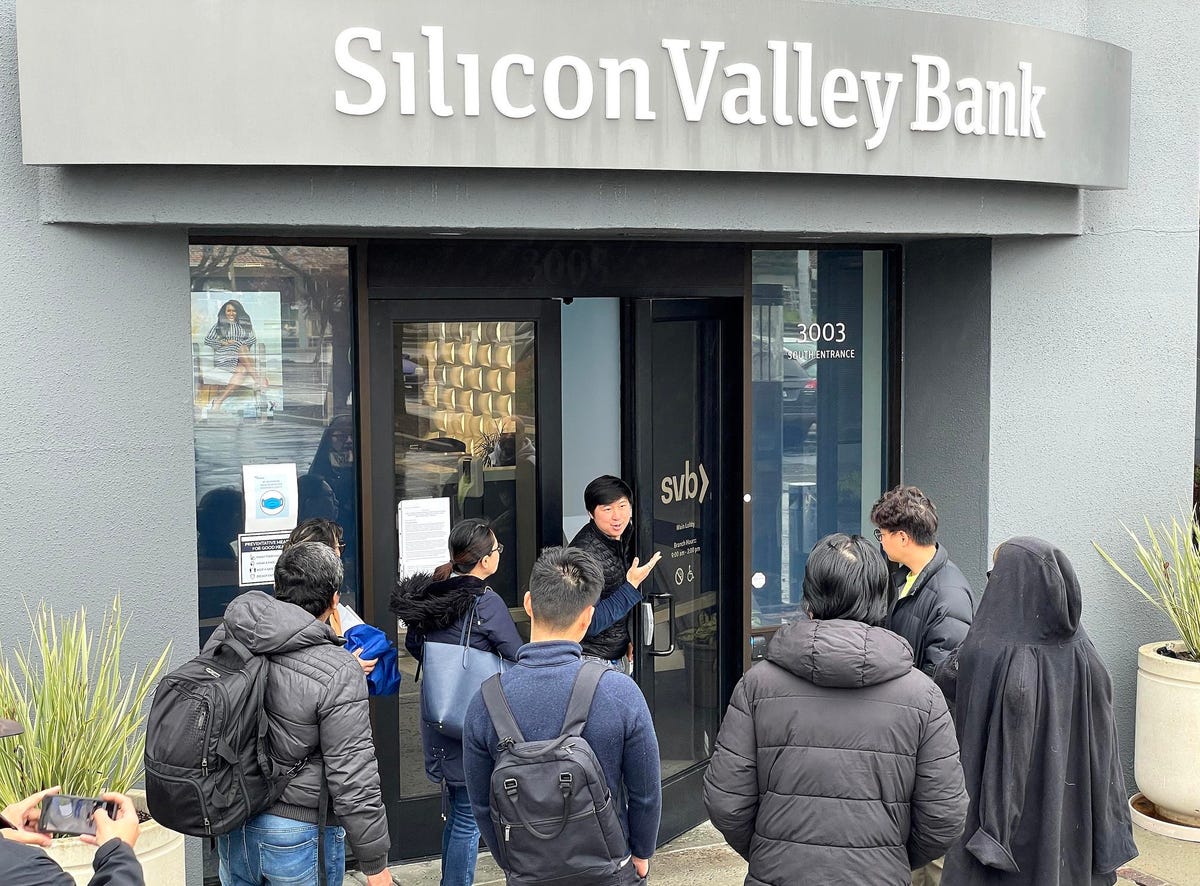The 40-year reign of Silicon Valley Bank as the preferred provider to tech startups ended this week with a suddenness and brutality that shocked even the most veteran observers of financial meltdowns.
This was the Covid moment for financial services. SVB’s rapid demise accelerated digital banking adoption by years, with billions of dollars of deposits funneled into digital banking competitors overnight.
But billions more didn’t escape SVB in time. Over the weekend, founders across the globe were scrambling to make payroll by Wednesdsay. Within minutes, digital banks launched “emergency payroll financing” products, providing instant capital to struggling entrepreneurs and their employees who are caught in the eye of the storm. In a matter of days, fintechs established a level of goodwill with large tech companies previously reserved only for offline banks.
What comes next is an accelerating shift away from traditional banks to the fintech startups disrupting them. Why? Because fintechs are not banks – they partner with them. As such, fintechs can offer diversification across multiple financial institutions and asset classes that is challenging for offline banks to achieve, all while holding zero debt or deposits on their own balance sheets. Better yet, they can tap into a diverse network of lenders to quickly innovate new financial products to meet the evolving needs of their clients, as we’ve seen with payroll financing.
I know this shift is underway because I’m seeing this play out in my company right now. In this column, I avoid writing about my fintech company, Arc, which is one of these “fintech software banks,” yet I need to explain that in just the last week, our customer deposits grew more than they have in the last two years. And they’re on track to double again soon. Companies that had their cash with SVB and other traditional banks have turned to Arc and other fintech firms to manage their deposits because we programmatically diversify them amid a regulatory environment which still doesn’t do enough to protect depositors. Through diversification, Arc customers are eligible for up to $2.75 million FDIC insurance (vs. standard $250,000); better yet, all excess cash can be invested instantly in government-backed T-Bills yielding 5%+ APY through Arc’s SaaS platform. (Arc’s peers that are positioned to win SVB tech customers include Mercury and Brex.)
So what’s also next is further regulatory reforms to prevent this similar scenario playing out again in the next business cycle. SVB’s over investment in long-dated government-backed securities, and their investing of deposits into venture backed loans to startups with no collateral, should probably not be acceptable going forward.
What’s also next is some important questions are yet to be answered. What were the extenuating feedback loops that caused the sudden rise in deposit withdrawals that forced the bank to sell bonds and take losses?
Why did the government step in so swiftly, and to such a dramatic degree? The FDIC seized SVB during market trading hours rather than after the close of business. Last night, the FDIC announced it would backstop SVB customers uninsured deposits. This was unlike ’08-09 when regulators waited many weeks for Warren Buffet to step in for Goldman Sachs. Was it because SVB played a foundational role in pioneering the modern day startup ecosystem which is such an important economic engine and competitive advantage for the US?
SVB helped fuel the wave of technology that we all now use in our everyday lives. Its contribution to the modern tech ecosystem over the last four decades is immeasurable. My guess is that fintech will dominate the next four decades of startup banking. The Future Silicon Valley Bank, serving the next generation of high-growth software startups, will not be a bank at all.
Read the full article here










